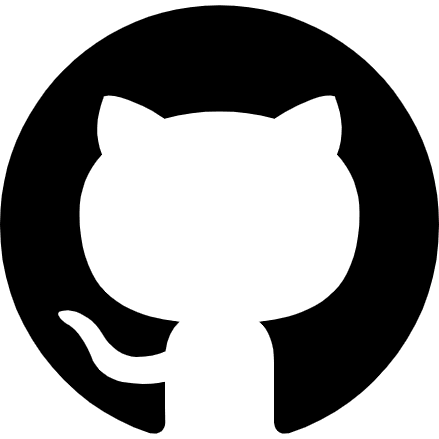My Final Project
https://maricultura-gp.shinyapps.io/maricultura-app/
Link to Code
 maricultura
/
maricultura-app
maricultura
/
maricultura-app
Shiny app
maricultura-app
Repository for all the code used in developing the mapping tool "Siting tool for Mariculture in Brazil". The project was built using Shiny from R (version 3.6.1).
Table of Contents
The Project
The Bren School at UC Santa Barbara is a graduate-level environmental science and management program, in which students fulfill a 12-month Group Project to solve an environmental challenge faced by a real-world client, in our case, the World Wildlife Fund. We explored the spatial feasibility of offshore mariculture in Brazil’s Exclusive Economic Zone, and created a web-based tool to predict potential yields and profitability for offshore mariculture of various finfish. This app is the interactive component of our overall thesis project.
For more information visit the Bren School website.
The Creators
Our team consists of 5 master’s students at the Bren School of Environmental Science & Management at the University…
What is the project about?
This project created a tool to explore the spatial feasibility of offshore aquaculture in Brazil. Based on user inputs, it:
- Identifies suitable sites for offshore aquaculture
- Estimates fish biomass production in suitable sites
- Calculates potential profits of farming fish in suitable sites
These 3 outputs are visualized as leaflet maps that can be downloaded by the user for further analysis.
Why build a mapping tool for aquaculture?
The world's population is expected to reach 10 billion people by the year 2050. With stagnant wild fishery stocks and severe environmental impacts from land-based agriculture, meeting our growing protein demand has become a challenge. In Brazil, more than US$ 1.3 billion worth of seafood products are imported every year.
Expanding aquaculture represents an immense opportunity to enable food security, alleviate pressure on wild fish stocks, and reduce environmental impacts!
How was it built?
This project was developed using Shiny from R (version 3.6.1). The code is separated into modules to make it easier to adapt to other regions around the globe. All the data information is listed under the metadata tab in the app.


Top comments (0)